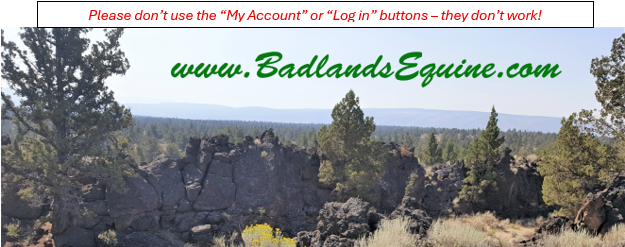Step 3: Conforming to Back Curvature
Once we are satisfied that the saddle fits the horse’s shoulder breadth and angle, then we can move onto the rest of the saddle.
It is very important that this fitting step be checked both statically and in motion. But it can be the hardest step to check.
There are two things to consider. First, is there even contact along the entire length of the saddle? Second, is the overall area of contact sufficient for the rider’s weight?
Again, start with the horse standing square, the saddle in its proper position with no saddle pad in place. Place one hand between the saddle and the horse and use the other hand to press down on the top of the saddle. If you are short, or the horse is tall, it may help to have a stool or mounting block to put you in a better position to press down.
Feel the amount of pressure on your hand, as well as noticing anything in the saddle that doesn’t conform to the shape of the horse beneath your hand. Some people like to do this exercise palm up, some palm down. See what works best for you. Sometimes issues are clearly visible without feeling.
Move the hand beneath the saddle back a couple inches and repeat. Move along the entire length of the saddle and check both sides. You'll have to carefully arrange fenders if checking a western saddle as flopping them over one side can tilt the saddle and change everything.
There are four issues that may stand out with this test:
- less pressure in the middle of the saddle than at the front and back – bridging
- less pressure at the front and back than at the middle – rocking
- more pressure at the top or bottom of the tree – improper angle for the barrel
- bulges in the saddle that are not matched to the horse’s shape
Bridging is a significant problem. The pressure points that a bridging saddle create completely break the energy pattern through the ring of muscles that allow your horse to carry himself with your weight properly. If you are unfamiliar with the ring of muscles, check out writings by Dr. Deb Bennett and others. There must be an unbroken “circle” of strength to allow the horse to move properly. A point of pain from the poll to the dock will break this strength.
Bridging creates two points of pressure and one or both may eventually result in white hairs. Prior to that, muscle damage occurs and the horse begins to move in a manner which reduces the pain – which can lead to further muscle loss. The horse may shorten his stride, become unable to step under well and almost certainly be unable to round into the saddle, even though there is room for him to do that.
It's possible to manage a quick fix for bridging by folding a towel and putting it between the saddle and pad in the gap. You must be careful, though, because it is hard to judge how much pressure your weight will create. A good method of testing such a fix is by using the Impression Pad. The same company that makes the Impression Pad also created a Correction Pad, in which little slices of material are selected to create a pad that fills the gaps where the saddle does not fit the horse. Again, you cannot use padding to fix a problem where the saddle is too small, so you must be starting with a saddle that reasonably matches the angles at the front and back.
It can be a little harder to determine if the saddle is rocking – you must also try to avoid changing the tilt of the saddle as you press down or you may not notice more pressure in the middle. When it is obvious, you would notice the saddle rocking as you press down on the front or back.
Slight rocking may not hurt the horse as badly as bridging, but it does cause serious problems for the horse and rider. The rider’s weight is not distributed optimally which will ultimately cause pressure points. There is no room for the horse to round into the saddle. Some horses are more likely to round into the saddle than others, but you definitely want to encourage that possibility! If the saddle rocks, the rider may also be unstable. It can be difficult to post or follow the motion of the horse.
Another method for checking the saddle match to back curvature is to stand behind the horse (carefully!), get a bucket if you're short like me and lift the saddle, then lower slowly, watching the saddle meet the horse's back as you go. Sometimes an odd issue will stand out from this perspective.
